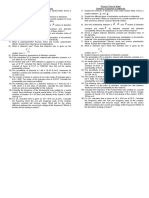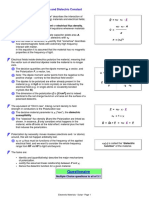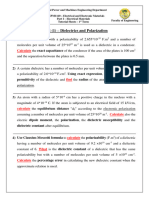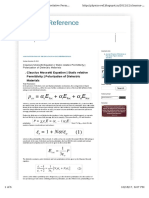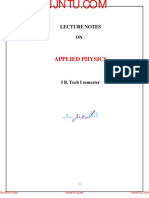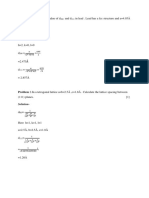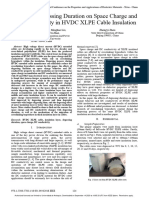0% found this document useful (0 votes)
16 views9 pagesDielectric Tutorial
The document contains a series of tutorials on dielectrics, covering calculations related to dielectric constants, electronic polarizability, and induced dipole moments in various materials. It includes specific problems and solutions involving helium, hydrogen, argon, and other dielectric materials under different conditions. The document also discusses the relationships between electric fields, polarization, and material properties using relevant equations.
Uploaded by
santu.baidyaCopyright
© © All Rights Reserved
We take content rights seriously. If you suspect this is your content, claim it here.
Available Formats
Download as PDF, TXT or read online on Scribd
0% found this document useful (0 votes)
16 views9 pagesDielectric Tutorial
The document contains a series of tutorials on dielectrics, covering calculations related to dielectric constants, electronic polarizability, and induced dipole moments in various materials. It includes specific problems and solutions involving helium, hydrogen, argon, and other dielectric materials under different conditions. The document also discusses the relationships between electric fields, polarization, and material properties using relevant equations.
Uploaded by
santu.baidyaCopyright
© © All Rights Reserved
We take content rights seriously. If you suspect this is your content, claim it here.
Available Formats
Download as PDF, TXT or read online on Scribd
/ 9
